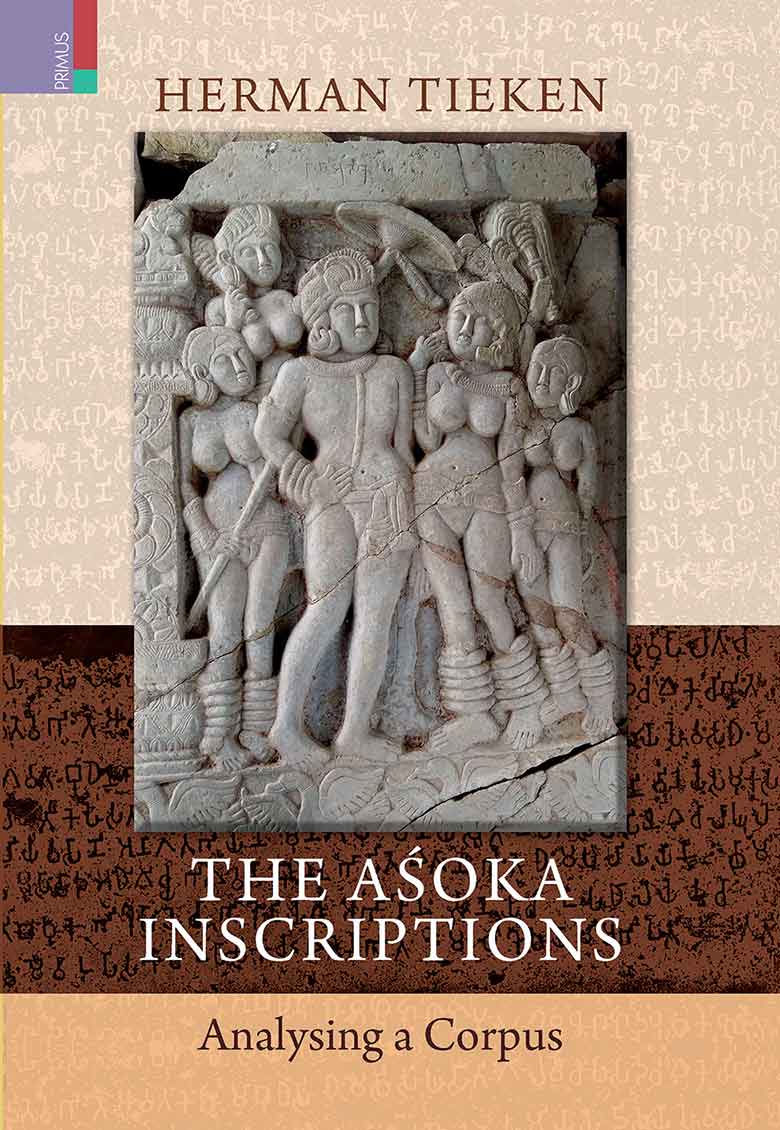The Aśoka Inscriptions: Analysing a Corpus by Herman Tieken

INFORMATION
- AUTHOR : Herman Tieken
- HB ISBN : 978-93-5572-567-7
- Year : 2023
- Extent : 504
- Discount available on checkout
- Usually dispatched within 3 to 5 working days.
The Aśoka Inscriptions: Analysing a Corpus attempts a textual and literary analysis of the inscriptions of Aśoka—the oldest in India—and their relationship as a corpus. Unique in both content and format, the inscriptions primarily engage with ideas of good kingship and dhamma rather than with donations made or the celebration of territorial conquests, the usual topics of later inscriptions. They are also characterized by a division that determined their distribution across the realm: the Rock Edict Series (consisting of fourteen edicts) was intended for people living near the borders of Aśoka’s realm while the Pillar Edict Series (six in number) was meant for people living at the empire’s centre. Meant to be part of a project to commemorate Aśoka, the inscriptions also testify to the existence of an epistolary tradition in the subcontinent, as the texts themselves were selected by later Maurya kings from the letters sent by Aśoka to his representatives across the empire. A detailed study of the texts also allows a fresh look at many old problems such as those concerning the monument commemorating the Buddha’s birth, mentioned in the Lumbinī inscription, while raising new questions like the apparently random order of the individual edicts of the Rock Edict Series in Erragudi, which differs significantly from those at other sites.
The Author
Herman Tieken studied Sanskrit and Tamil at the Kern Institute of the University of Leiden in The Netherlands, where he later taught Sanskrit. His areas of interest are Kāvya literature in Sanskrit, Prākrit and Apabhramśa, as well as Jaina texts, classical Tamil poetry and the Aśoka inscriptions. His work on these inscriptions, which he has published widely, fits into his long standing interest in the arrangement and internal cohesion of texts and in textual corpora.




